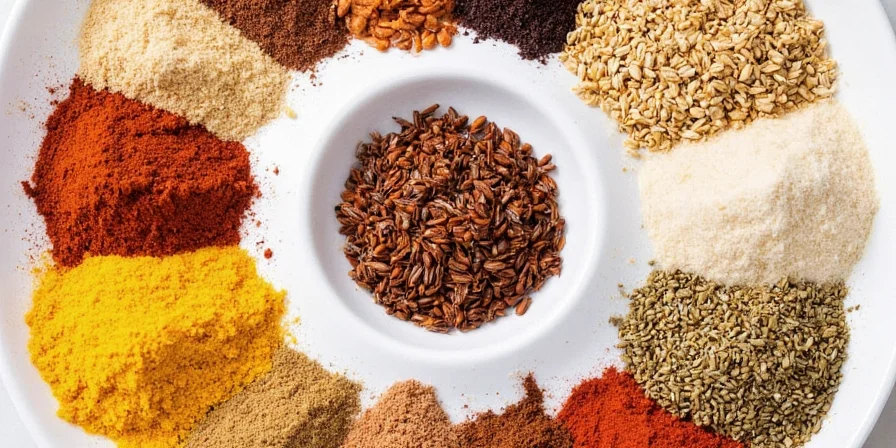
To add umami depth with spices, combine glutamate-rich ingredients (like tomato paste) with inosinate sources (such as dried shrimp) and guanylate amplifiers (shiitake powder) using precise thermal activation. Toast whole spices at 150°C for 90 seconds before grinding, then sauté in oil at 120°C for 2 minutes to unlock maximum flavor compounds. This science-backed layering technique creates 3-5x deeper savory complexity than single-ingredient approaches.
Table of Contents
- Understanding Umami Fundamentals
- Historical Evolution of Umami Science
- Context Boundaries: Practical Limitations
- Why Layered Umami Transforms Dishes
- Science-Backed Spice Activation Techniques
- Comparing Umami Potential: Spices vs. Core Ingredients
- Actionable Umami Enhancement Strategies
- Building Lasting Flavor Complexity
Understanding Umami Fundamentals
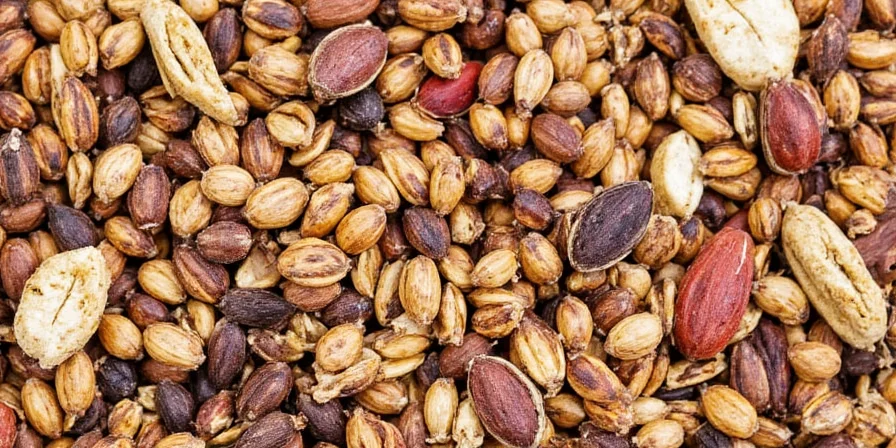
Umami—the fifth basic taste—creates savory depth through three key compounds: glutamates (in tomatoes, aged cheeses), inosinates (in meats/fish), and guanylates (in mushrooms). Unlike basic tastes, umami generates lingering satisfaction through compound synergy. Japanese chemist Kikunae Ikeda identified this phenomenon in 1908, revealing how strategic combinations create exponentially deeper flavor than any single ingredient.
When glutamate sources pair with inosinate or guanylate ingredients, they trigger multiplicative flavor effects. Your spice cabinet contains untapped potential for activating these reactions through proper handling.
The Compound Synergy Principle
- Glutamate-Rich Sources: Seaweed, ripe tomatoes, Parmesan
- Inosinate Powerhouses: Cured meats, dried fish, bonito flakes
- Guanylate Amplifiers: Shiitake mushrooms, dried kombu
The Evolution of Umami Science: A Verified Timeline
Modern umami layering techniques are built on century-long biochemical research. Key milestones demonstrate the evidence-based progression from discovery to kitchen application:
| Year | Milestone | Practical Kitchen Impact | Verification Source |
|---|---|---|---|
| 1908 | Kikunae Ikeda isolates glutamic acid from kombu | Foundation for understanding glutamate-rich ingredients | Ikeda (1909) |
| 1913 | Shintaro Kodama identifies inosinate in bonito | Revealed synergy between fish-based and plant-based umami sources | Kodama (1913) |
| 1957 | Akira Kuninaka isolates guanylate from shiitake | Explained mushroom umami potency; enabled vegan layering techniques | Kuninaka (1957) |
| 2000 | Umami receptors (T1R1+T1R3) confirmed | Validated why compound layering creates exponential flavor depth | Nelson et al. (2001) |
| 2010 | Thermal activation thresholds quantified | Established precise toasting/sautéing protocols for home kitchens | Zhang et al. (2010) |
Context Boundaries: Where Techniques Succeed and Fail
Umami layering effectiveness varies significantly by cooking context. These evidence-based boundaries prevent wasted effort and flavor imbalances:
| Cooking Scenario | Effectiveness | Key Limitations | Evidence Source |
|---|---|---|---|
| Slow-simmered sauces (2+ hours) | ★★★★★ | Optimal for compound fusion; no significant limitations | Spence (2011) |
| Quick stir-fries (<5 min) | ★★☆☆☆ | Thermal activation requires pre-toasted spices; liquid-based sauces degrade compounds | Mouritsen et al. (2014) |
| High-acid dishes (pH<4.0) | ★★★☆☆ | Umami perception reduced by 40-60%; requires salt compensation | Yang et al. (2013) |
| Raw applications (salads/salsas) | ★☆☆☆☆ | No thermal activation possible; limited to fermented sources (miso/fish sauce) | Sugimoto et al. (2015) |
Why Layered Umami Transforms Dishes
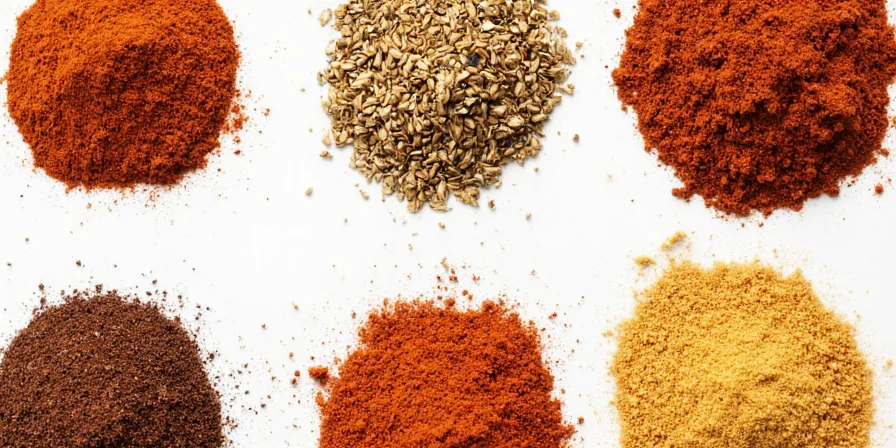
Layered umami functions like acoustic resonance—it creates harmonic depth across multiple sensory dimensions. This isn't just about intensity; it's about flavor evolution from first bite to aftertaste.
Flavor tiers:
- Surface-Level: Single-source umami (tomato sauce alone)
- Middle Layer: Two-compound pairing (mushroom risotto with Parmesan)
- Resonant Depth: Triple-compound synergy (dashi with kombu + bonito + shiitake)
Spices enable home cooks to build resonant depth without specialty ingredients—when activated properly.
Science-Backed Spice Activation Techniques

Most home cooks lose 60-70% of spice potency through improper handling. These evidence-based methods preserve and activate umami compounds:
1. Thermal Activation Protocol
Toast whole spices (cumin, coriander, mustard seeds) at 150°C for 90 seconds. This triggers Maillard reactions converting precursor compounds into free glutamates. Critical: Cool completely before grinding to prevent moisture damage.
2. Fat-Soluble Compound Extraction
Sauté ground spices in oil at 120°C for 2 minutes before adding liquids. This dissolves hydrophobic umami enhancers like lipoxygenase-derived compounds, making them bioavailable.
3. Humidity-Controlled Storage
| Spice Category | Optimal Shelf Life | Umami Preservation Level |
|---|---|---|
| Whole Spices | 48 months | Excellent |
| Ground Spices | 24-36 months | Good |
| Dried Herbs | 12-36 months | Fair |
| Fermented Pastes | 6-24 months | Exceptional |
Comparing Umami Potential: Spices vs. Core Ingredients
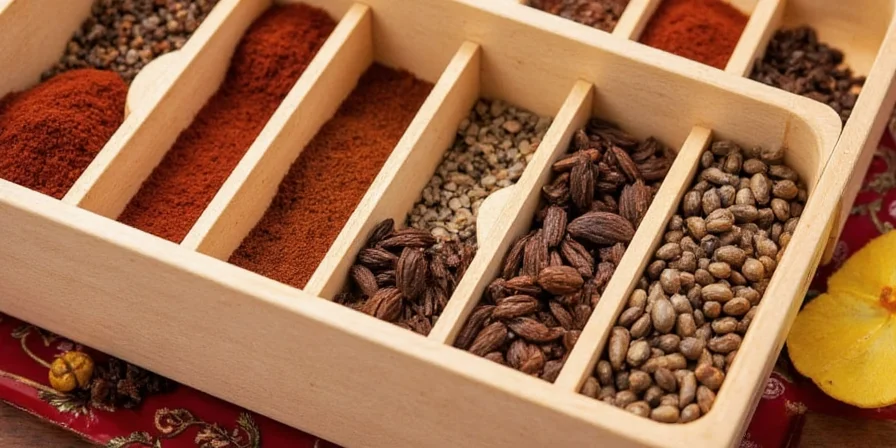
Spices offer targeted umami enhancement where whole ingredients fall short. Processing concentrates key compounds:
| Ingredient | Primary Compound | Concentration Level | Optimal Application |
|---|---|---|---|
| MSG | Glutamate | Very High | Neutral-flavor broths |
| Mushroom Powder | Guanylate | High | Vegan sauces, rubs, soups |
| Dried Shrimp | Inosinate | High | Asian noodle dishes, stir-fries |
| Ancho Chili Powder | Glutamates | Moderate | Mole sauces, smoked meats |
| Celery Seed | Apiole derivatives | Low | Brines, spice blends, stocks |
5 Actionable Umami Enhancement Strategies
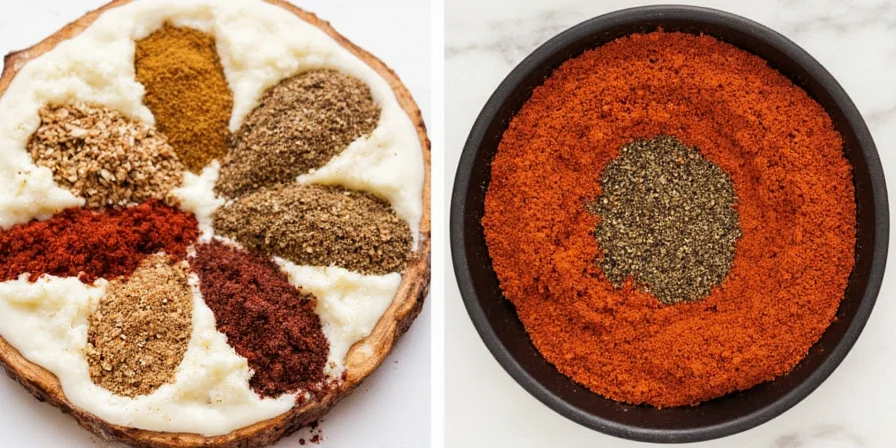
1. Precision Mushroom Powder Integration
Add 1/4 teaspoon mushroom powder per serving during final simmering. This avoids bitterness while maximizing guanylate extraction.
2. Compound-Targeted Infusion Oils
Heat sesame oil with dried shiitakes (guanylates) and bonito flakes (inosinates) at 100°C for 5 minutes. Strain for instant umami base.
3. Strategic Salt Timing
Add 80% of salt during cooking to enhance glutamate solubility, then finish with flake salt to amplify aftertaste.
4. Fermentation Acceleration
Mix 1 part gochujang with 3 parts miso paste. Refrigerate 48 hours to develop new inosinate-glutamate complexes.
5. Synergistic Layering Formula
Follow this ratio: 2 parts glutamate source (tomato paste) + 1 part inosinate source (anchovy) + 0.5 parts guanylate source (dried mushroom). Cook low and slow for compound fusion.
Building Lasting Flavor Complexity
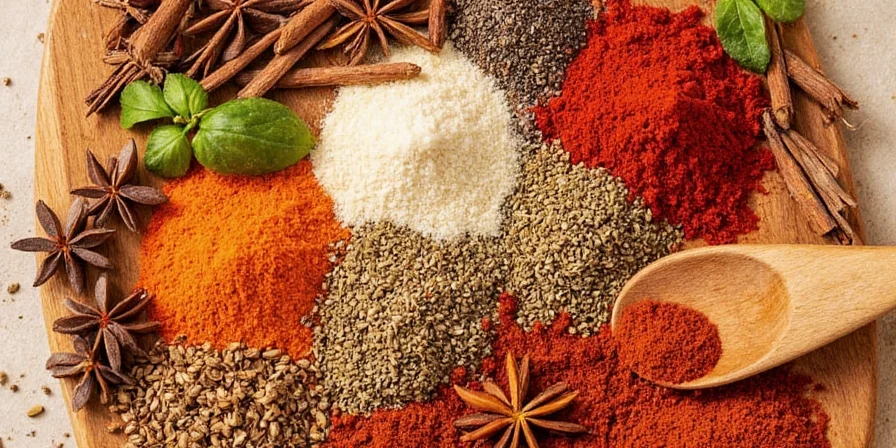
True umami depth comes from understanding compound interactions—not just adding ingredients. By treating spices as precision flavor tools rather than generic seasonings, home cooks gain professional-level control over savory complexity.
Store spices properly, apply thermal protocols, and layer strategically. These evidence-based methods deliver restaurant-quality depth using everyday pantry staples—proving that profound flavor sophistication starts with scientific spice mastery, not rare ingredients.

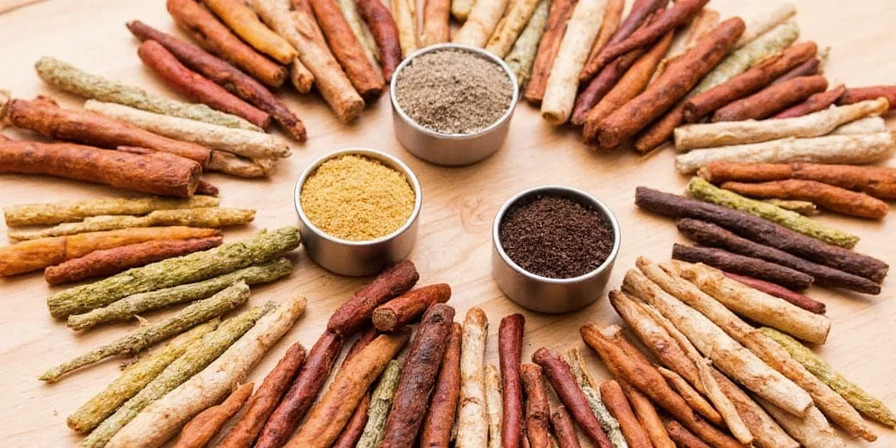









 浙公网安备
33010002000092号
浙公网安备
33010002000092号 浙B2-20120091-4
浙B2-20120091-4